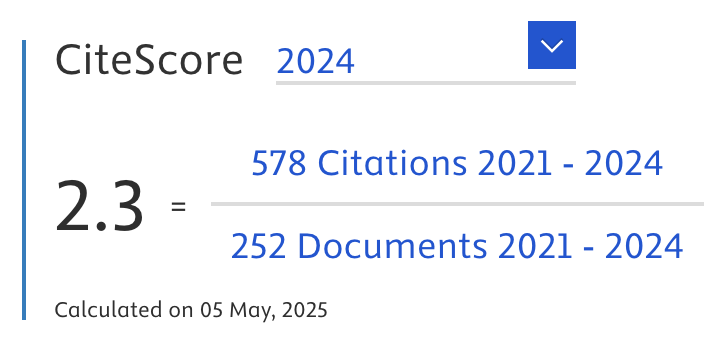Navigating Heart Stroke Terrain: A Cutting-Edge Feed-Forward Neural Network Expedition
Abstract
Heart stroke remains one of the leading causes of death worldwide, necessitating early and accurate prediction systems to enable timely medical intervention. While a variety of machine learning approaches have been employed to address this issue, including Logistic Regression, Decision Trees, Random Forests, Support Vector Machines, and K-Nearest Neighbors, these models often suffer from limitations such as overfitting, insufficient generalization, poor performance on imbalanced datasets, and inability to capture complex nonlinear patterns in clinical data. Additionally, many existing works do not comprehensively integrate both clinical and demographic features or lack rigorous evaluation metrics beyond accuracy alone. This study proposes a novel Feed-Forward Neural Network (FFNN) model for heart stroke prediction, designed to overcome the shortcomings of conventional models. Unlike shallow classifiers, the FFNN architecture employed here leverages multiple hidden layers and nonlinear activation functions to learn intricate relationships within the dataset. The dataset used comprises various attributes such as age, hypertension, heart disease, BMI, and smoking status, which were preprocessed through normalization, one-hot encoding, and imputation techniques to ensure data quality and model performance. Experiments were conducted using a stratified train-test split, and the model was trained using the Adam optimizer with carefully tuned hyperparameters. Comparative evaluations against baseline models (Logistic Regression, Random Forest, and SVM) were carried out using precision, recall, F1-score, and ROC-AUC as performance metrics. The proposed FFNN achieved the highest accuracy of 96.47%, along with substantial improvements in recall and F1-score, highlighting its superior capability in identifying potential stroke cases even in imbalanced datasets. This work bridges a significant gap in heart stroke prediction by demonstrating the effectiveness of deep learning models—specifically FFNNs—in extracting complex patterns from diverse patient data. It also sets the stage for further exploration of deep learning-based clinical decision support systems.
Article Metrics
Abstract: 157 Viewers PDF: 67 ViewersKeywords
Full Text:
PDFRefbacks
- There are currently no refbacks.

Journal of Applied Data Sciences
| ISSN | : | 2723-6471 (Online) |
| Collaborated with | : | Computer Science and Systems Information Technology, King Abdulaziz University, Kingdom of Saudi Arabia. |
| Publisher | : | Bright Publisher |
| Website | : | http://bright-journal.org/JADS |
| : | taqwa@amikompurwokerto.ac.id (principal contact) | |
| support@bright-journal.org (technical issues) |
 This work is licensed under a Creative Commons Attribution-ShareAlike 4.0
This work is licensed under a Creative Commons Attribution-ShareAlike 4.0





.png)